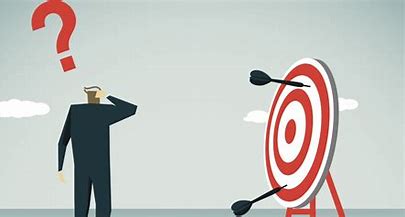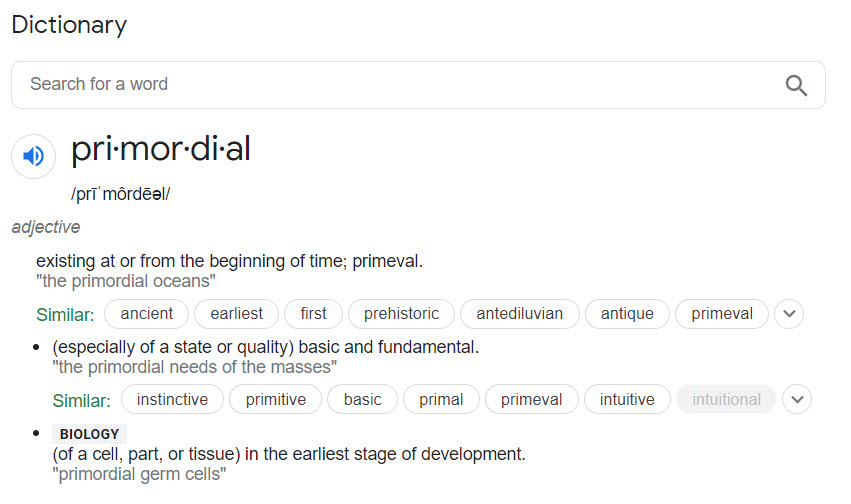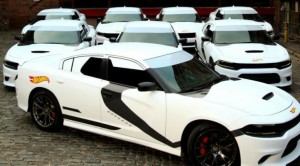Strategy is Your Muse.
I don’t know about you but I do some of my best work when in a group setting. Riffing and recontextualizing other’s ideas. Group think can be messy if the group is too big and unstructured, but when the numbers are small enough for conversations to take place, ideation can soar.
In advertising, known as a creative business, most creative teams have a visual person and word person. Both understand each other and their respective crafts and a chemistry results. They present ideas to a creative boss, who helps them focus, refocus and finesse. A team.
Problem is, business people and marketers we aren’t always in a position to work in groups. Sometimes is just you and your computer. Or you and a research report. You and the inventory. It’s lonely having to make decisions in a vacuum. That’s why strategy is so, so important. Strategy becomes one’s muse. It’s both a starting place and an endpoint. It gives you a catalyst for what must come in the middle. The thinking.
Brand strategy is an organizing principle for marketing. It’s delimiting and inspiring.
If you don’t have a brand strategy, you will waste a lot of time and have a lonely time doing it.
Peace.








